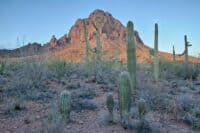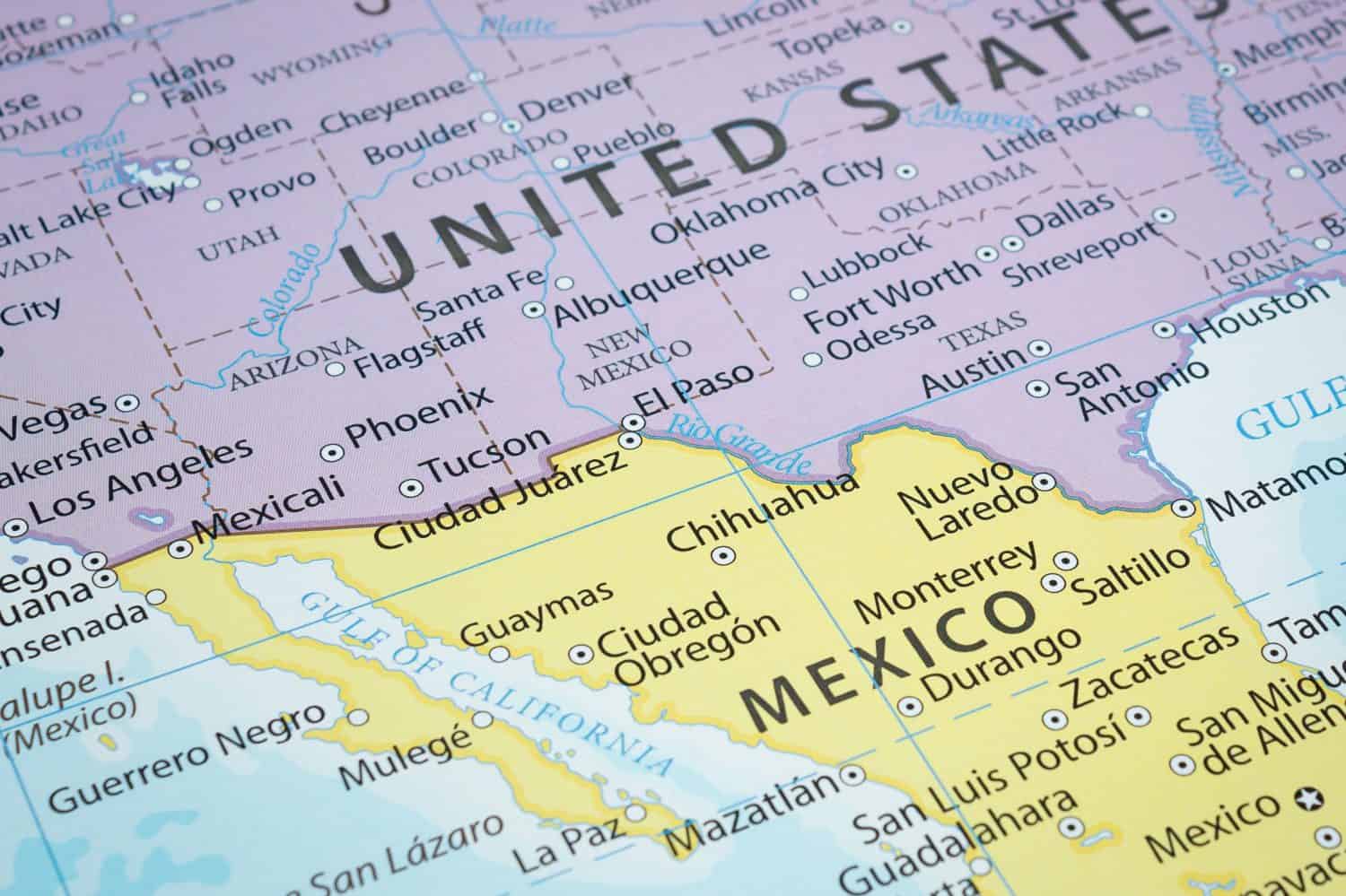
The U.S. is struggling with the best way to control its border with Mexico. While no candidate is actually calling for open borders with Mexico, speculating on the results of such a policy can help us understand immigration issues in a larger perspective.
24/7 Wall St. Insights
- Open borders have worked in Europe, but not without problems.
- Opening the borders with Mexico would be disastrous if the underlying problems were not addressed first.
- Also: 2 Dividend Legends To Hold Forever
Where Open Borders Work (Sort of)

If you want to see genuinely open borders, go to Europe where 29 countries, mostly EU members, are part of the Schengen Area. All 425 million citizens are free to travel, live, and work in any of these countries with no border controls. This also applies to foreigners and visitors who have legally entered any of these countries or live there.
What’s Good About It?
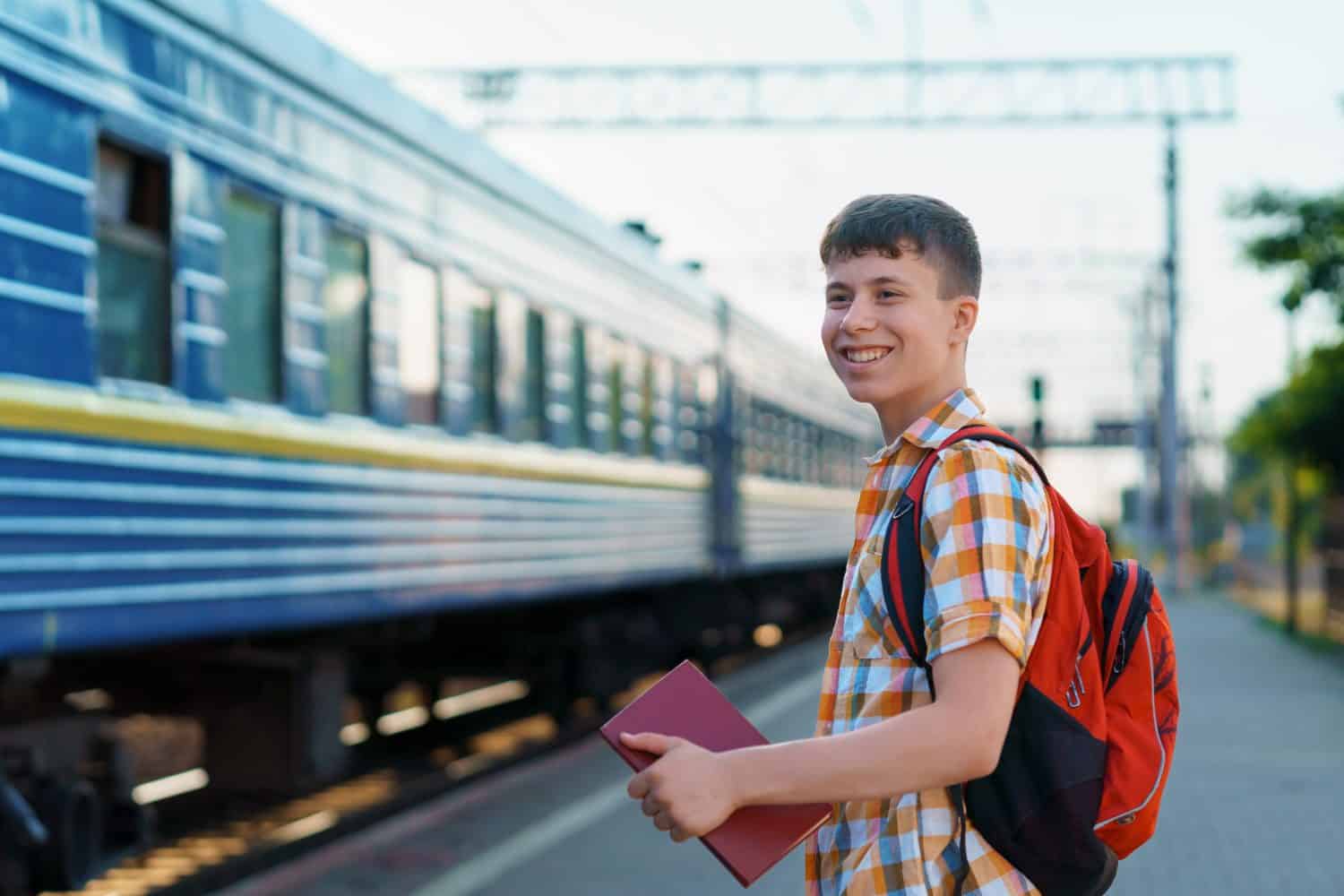
It’s great for trade and tourism. Vehicles and trains can speed across countries without border checkpoints. Flights within the continent function like domestic flights, without the delays of customs lines. People are developing a sense of European cultural identity.
What Are the Problems?

Immigrants haven’t created an unmanageable problem, but some cities are experiencing pressure on infrastructure, jobs, and social relations between different ethnic groups. Without border controls, some countries have had to increase surveillance to mitigate criminal threats.
Mexican Border Policies

The 2,000-mile U.S.-Mexican border is monitored with fences, walls, ground sensors, drones, border checkpoints and border patrol agents. Detention centers process large numbers of migrants seeking to enter the country. Vehicles and commercial transports are delayed at the border waiting to be inspected for contraband.
The Mexican Economy

Mexico is a rapidly developing country but the standard of living is still not at the level of its North American neighbors. Even low-end work in America pays enough that immigrants can support themselves at a basic level as well as family members still in their native country, where prices are much lower.
The Mexican Crime Rate
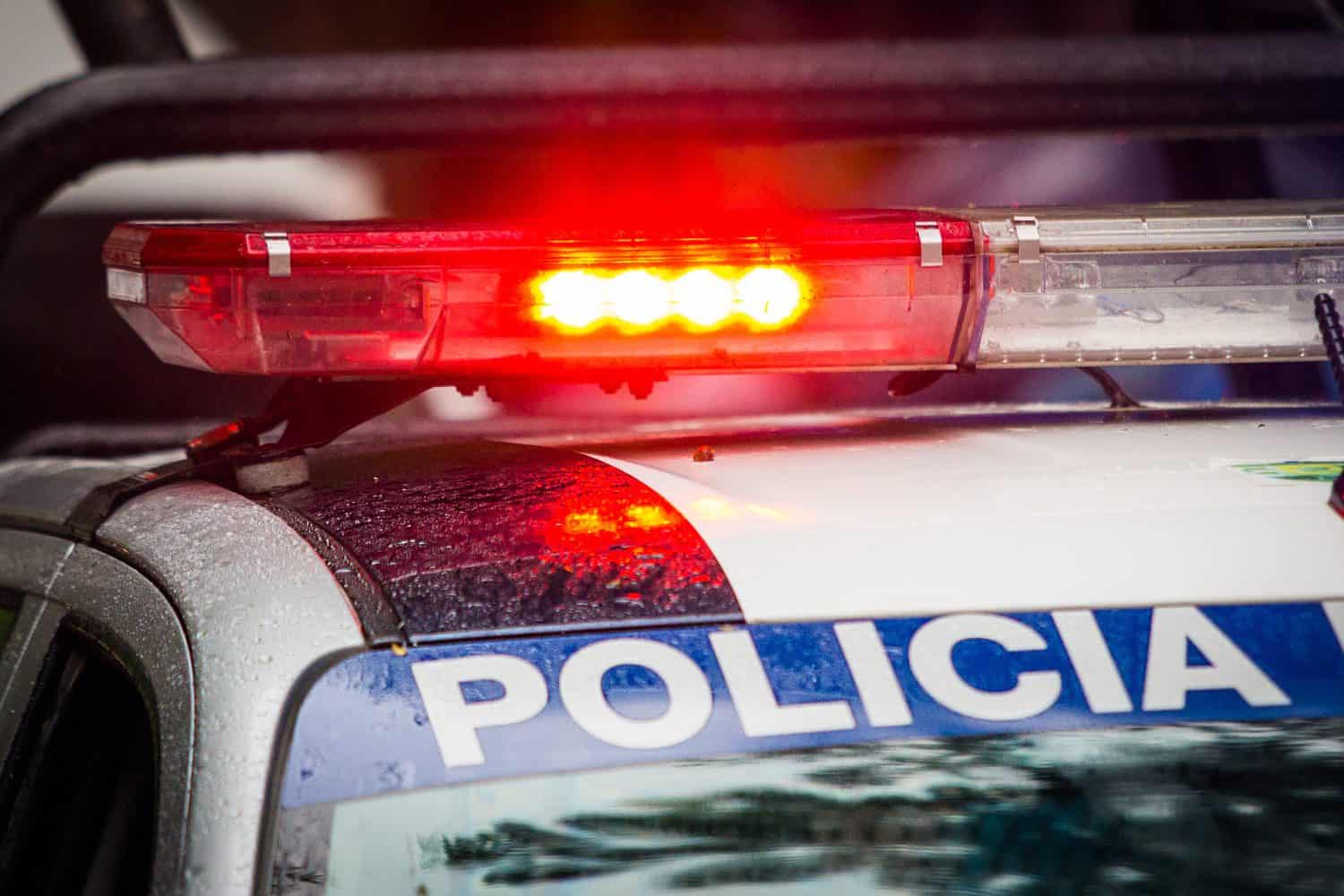
Mexico has higher levels of crime, drug trafficking, political corruption, and instability than the U.S. It has difficulty controlling its borders, coasts, and airspace from people illegally entering. Violence and instability push some people there to seek a safer life with better opportunities north of the border.
Canadian Border Policies
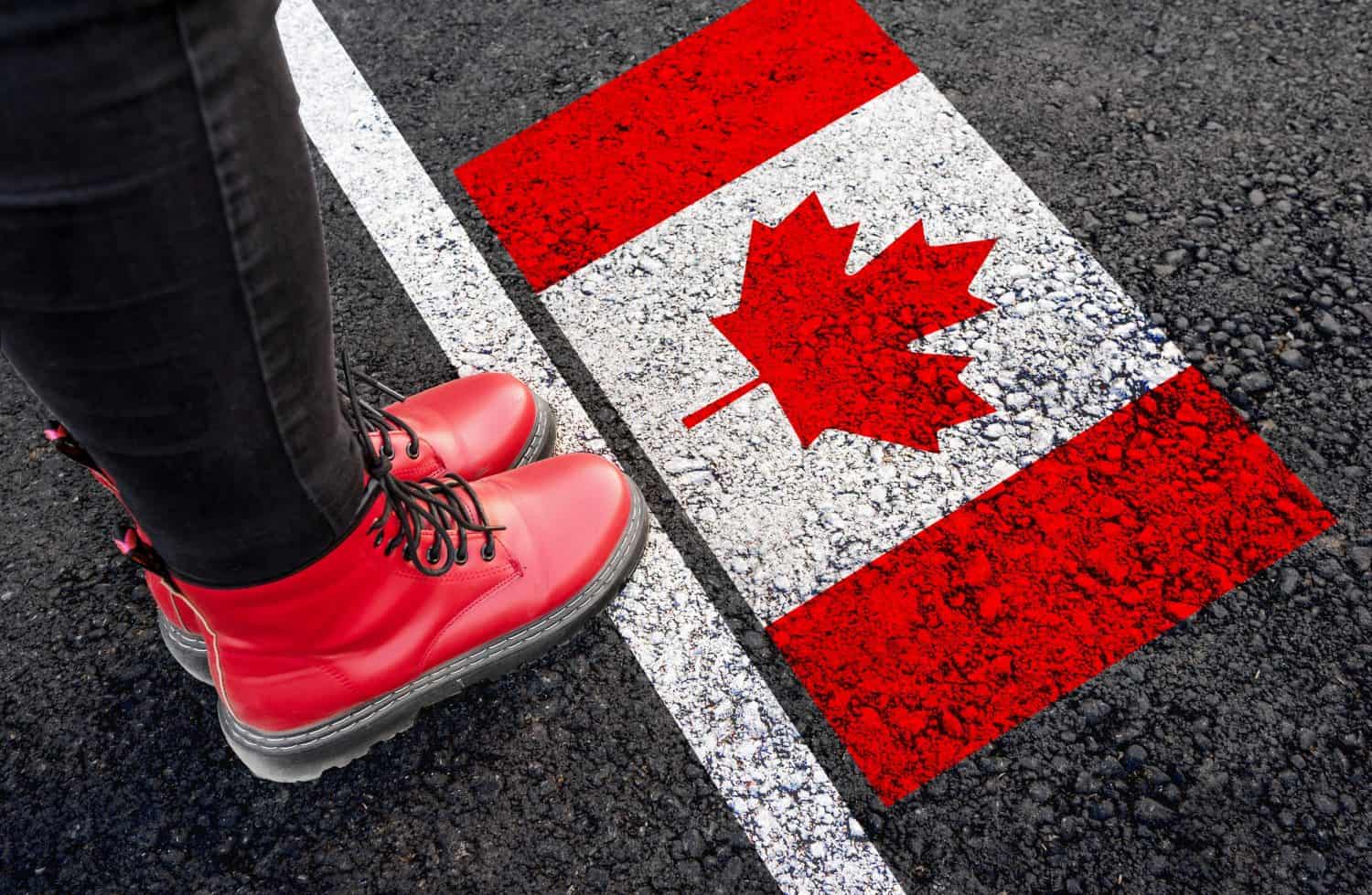
The US-Canadian border is about 5,500 miles long, most of it undefended and unmonitored as it cuts across deeply forested, mountainous wilderness. Travel documents are required to pass through border checkpoints, and 400,000 people do every day. Movement of commercial goods is less constricted than Mexican trade.
Reasons for Lax Canadian Border Policies
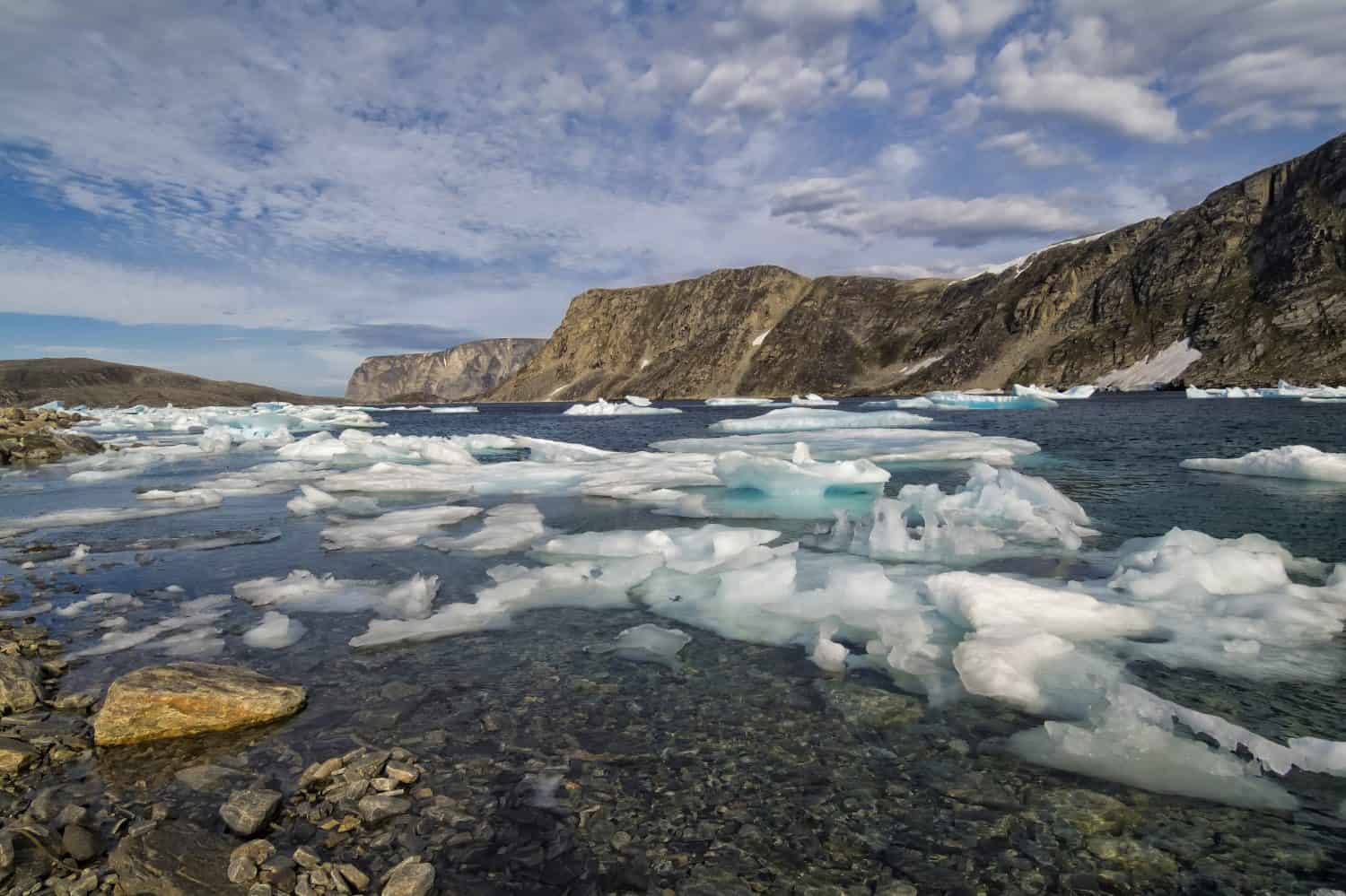
The United States and Canada are at a similar level of development, social stability, and security. There are no overwhelming motivators for large numbers of people to immigrate to the U.S. Canada is remote and surrounded by ice, wilderness, and frigid seas. It’s much harder for people to sneak into it than into Mexico.
Scenario 1: “Come On In!”

Ok, this would never happen, and any U.S. government that attempted it would absolutely get thrown out of office. But let’s imagine somehow a naive president with a supportive Congress decided just to fling open the border with Mexico overnight. What could go wrong?
Mass Migration

Hundreds of thousands of people would immediately stream past checkpoints into border states. Not just immigrants waiting at the border, but Mexicans who never planned to immigrate would drive over the border out of curiosity, and in some cases decide to stay.
Humanitarian Crisis

Many migrants would be homeless and social services and private charities would be stretched to the max to care for them. Housing, food, and medical care would all be critical needs. The children would need to be enrolled in schools, requiring expanded Spanish language programming and staffing to integrate the new students.
Crime

While most Mexicans, like most Americans, are decent people, both have their share of bad apples. Gang members, drug dealers, and other criminals would find their way in and have to be tracked down by U.S. law enforcement. Other people might commit crimes to support their families or protect themselves from threats.
Anti-Immigrant Violence
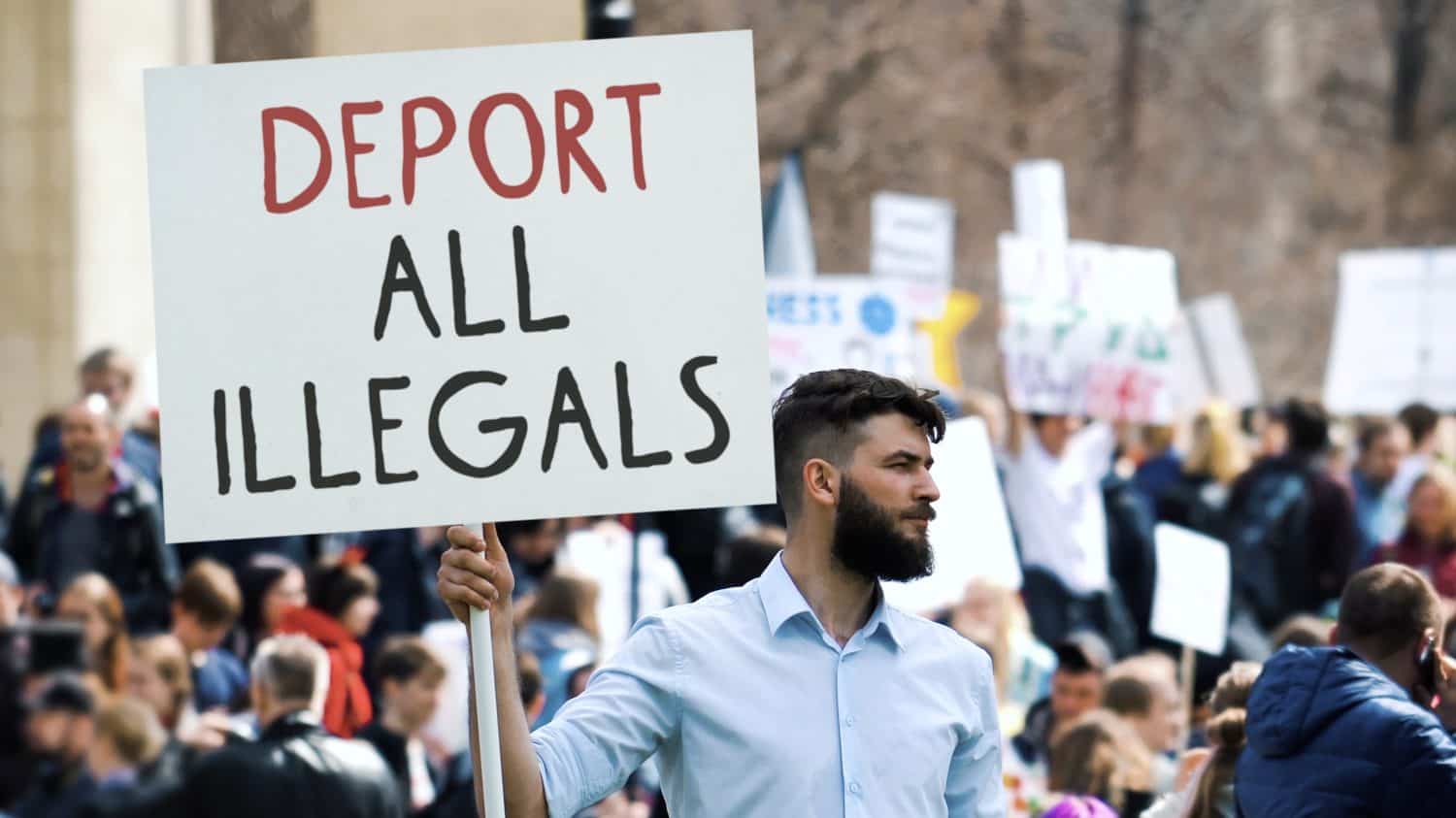
Some unscrupulous Americans would target immigrants for crime or to terrorize them into going home. There would likely be large anti-immigrant protests that could turn violent. It would not be at all surprising if some states had to mobilize the National Guard to manage these chaotic situations.
Labor Surplus

Competition for jobs in some sectors would become intense. Some Americans would find it harder to get hired and to keep their job. This could happen at all levels because immigration would be open to all, not limited to economic sectors where where we had actual labor shortages.
Scenario 2: “Hold on a Minute”

It should be clear why opening the borders with Mexico would be a disaster if it were done in an abrupt way without addressing the current inequalities between the two countries. But what about a measured approach, one that would move from what we have now to the more relaxed and friendly situation we have with Canada?
Economic Development

If the Mexican standard of living were closer to that of the U.S. and Canada, fewer Mexicans would want to immigrate to find decent jobs. People already established in jobs, owning a home, and settled in safe and stable communities are generally not interested in starting over in a foreign country. In this situation, average Mexicans, like Canadians, might visit the U.S. on vacation or to shop, but wouldn’t be interested in moving there permanently.
Crime and Security
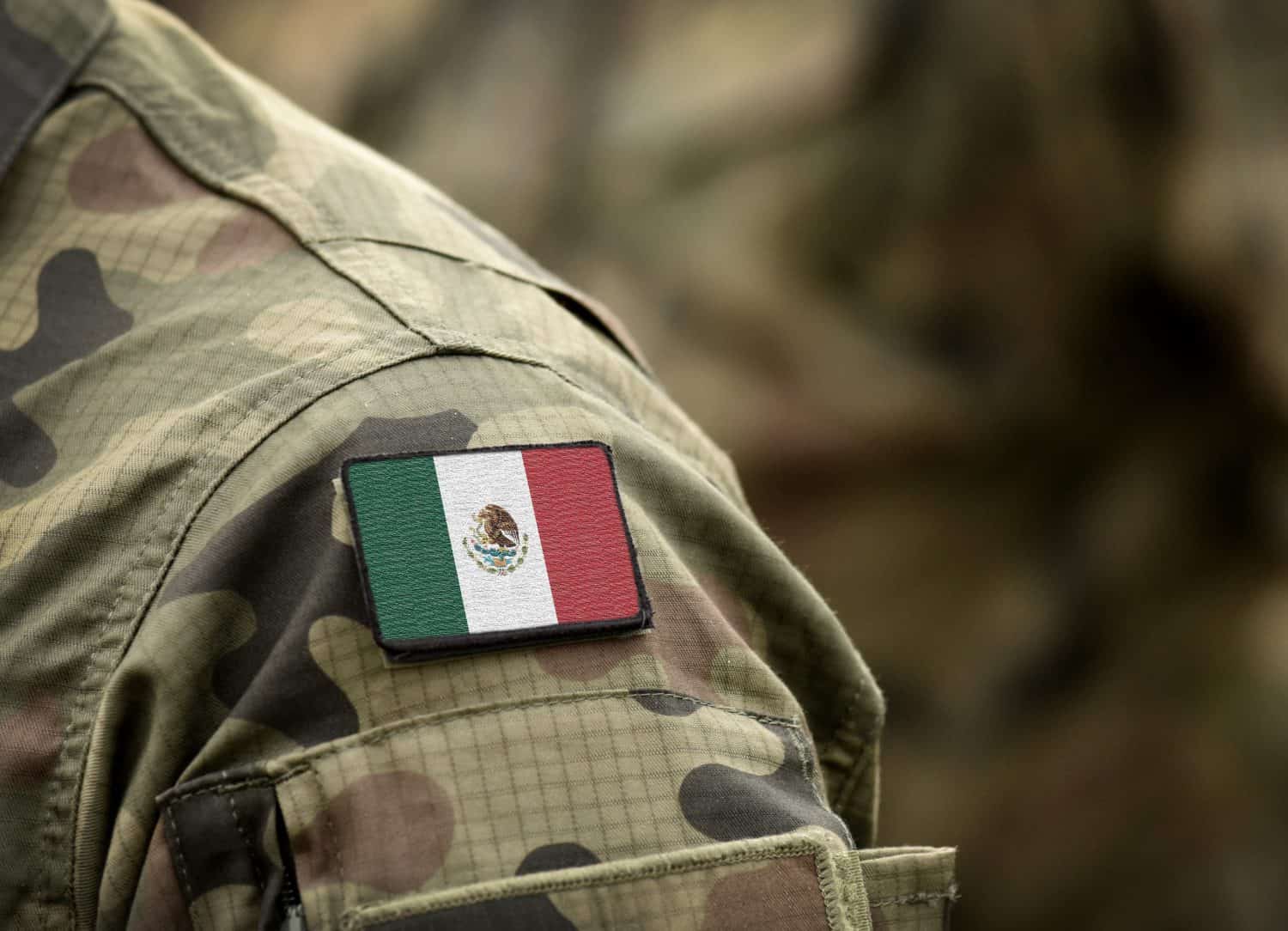
For border security to be relaxed, Mexico would need to be fully in control of its territory, taking back power from drug cartels and separatists, monitoring its coasts, borders, and airspace for criminals and undocumented immigrants, and thoroughly rooting out corruption among government officials and employees.
If Canada, the U.S., and Mexico all had equally thorough security systems in place, then border crossings could become faster and easier as there would be less concern that Mexico had not adequately screened people arriving in their borders and now trying to get into ours.
Immigration reform

An economy as robust as that of the United States has a real labor deficit that needs to be filled by immigrants at all different levels from unskilled to highly technical positions. Reform of the immigration process and raising immigration quotas to levels that meet the actual economic need, rather than being kept artificially low for political reasons, would be healthy for our economy, and Mexico’s. If job openings for immigrants were filled up through an efficient legal process that brought in enough people to do the work, then fewer people would be lured to cross the border to fill those positions under-the-table.
A Positive Immigration Culture

A substantial relaxation of border controls would require that the American people view Mexico in a more positive light, as they do Canada. Disrespecting immigrants in general, and Mexicans in particular, needs to become socially unacceptable. Politicians and media personalities need to set the example and emphasize that the U.S., Mexico, and Canada are working together as good neighbors to solve these issues for our mutual benefit.
An Illustration

To make all this a little more relatable, what would you do if your neighbor had a broken pipe in their yard that was leaking over to your side? Would you try to stop the water at the fence and throw it back with a bucket? Or would you figure out why the water was leaking and help your neighbor stop it?
Regardless of your position on the immigration debate, solving the problem requires focusing on the underlying issues, which have roots on both sides of the border. Because figuring that out will pay off in a big way on both sides of the border.
Are You Ahead, or Behind on Retirement? (sponsor)
If you’re one of the over 4 Million Americans set to retire this year, you may want to pay attention.
Finding a financial advisor who puts your interest first can be the difference between a rich retirement and barely getting by, and today it’s easier than ever. SmartAsset’s free tool matches you with up to three fiduciary financial advisors that serve your area in minutes. Each advisor has been carefully vetted, and must act in your best interests. Start your search now.
Don’t waste another minute; get started right here and help your retirement dreams become a retirement reality.
Thank you for reading! Have some feedback for us?
Contact the 24/7 Wall St. editorial team.


